Driving with full vision capabilities requires focus, concentration and the use of all your abilities to navigate safely. Driving with low vision can be, not only challenging, but dangerous and potentially illegal if the extent of your vision impairment does not meet local driving standards. The promising news is that minor or non severe vision loss does not always mean the end of the road for driving; the capacity of an individual to drive safely depends on the type and severity of visual symptoms and varies with the ability of the driver to compensate for their limitations.

Under certain conditions compensatory visual aids, like tinted lenses to improve contrast and decrease glare or bioptic telescopic glasses to enlarge smaller objects, are available and may, in some cases, provide enough vision-related improvement so that local vision standards for driving are met. If visual aids are not sufficient or self-compensation strategies do not enable safe driving, those who need or want to drive can potentially consider new therapeutic approaches, like Fedorov Restoration Therapy. If you qualify (see note below), this non-invasive and non-surgical treatment can naturally help regain vision loss from certain medical conditions, helping patients to drive again. Anke Taylor from the United Kingdom (UK), who recently received our treatment, is one such example.
Anke Taylor (United Kingdom). About 10 years ago, Anke was diagnosed with glaucoma and, making a much longer story short, her driving license was revoked after failing a field vision test. Imagine her disappointment when her ophthalmologist told her there was no way to improve her vision, or to reinstate the sense of independence and freedom afforded to her by driving. Anke, however, was not deterred. She searched online and found our Fedorov Restore Vision Clinic website. After providing us with her medical files, she was qualified for treatment and visited us in Berlin.

Important! Our qualification process ensures we understand your current conditions and the history of your vision loss and treatments, so that we can accurately assess whether our treatment will work for you.
Back to Anke. After 10 sessions of Fedorov Restoration Therapy, Anke returned to the UK and over the next few months experienced gradual improvement of her vision. With her now improved vision, Anke appealed her driving license revocation successfully and is now able to drive again.
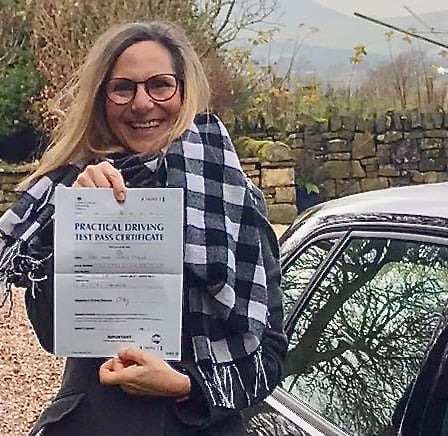 Interested in learning more? You can read Anke’s story in her own words.
Interested in learning more? You can read Anke’s story in her own words.
Also of importance is that during her visit, doctors at Restore Vision Clinic discovered—through extensive eye examinations—that Anke’s vision loss was not the result of glaucoma, but instead was related to non-progressive retinal damage. Anke had been misdiagnosed. On her return to the UK, Anke’s ophthalmologist confirmed that she indeed did not have glaucoma, and that she no longer needed to take the eye drops she had been taking for more than 10 years to treat the misdiagnosed condition.
Linda Fortier (United States)—a Restore Vision Clinic patient with confirmed glaucoma—also realized vision-related improvements after Fedorov Therapy, so much so that she is now able to drive again at night because her light sensitivity decreased with treatment.
 Linda says about her experience at Fedorov Restore Clinic: ...“I am extremely happy with the results of my treatment in Berlin. I have low tension glaucoma and have had continued deterioration despite continuous medication and monitoring. Since my treatment, my night vision has improved enough that I’m driving at night now. My eyeglass prescription also changed. I need weaker glass and my Glaucoma Specialist says I appear to be stable.”
Linda says about her experience at Fedorov Restore Clinic: ...“I am extremely happy with the results of my treatment in Berlin. I have low tension glaucoma and have had continued deterioration despite continuous medication and monitoring. Since my treatment, my night vision has improved enough that I’m driving at night now. My eyeglass prescription also changed. I need weaker glass and my Glaucoma Specialist says I appear to be stable.”
Fast Fact: Typical signs of initial and advanced glaucoma are hazy and foggy vision, mild or severe glare (light sensitivity), blind areas in nasal parts of field of vision (i.e., top and bottom) and frequent dimming of the vision when eyesight is compromised by dark.
Getting Back to Driving.
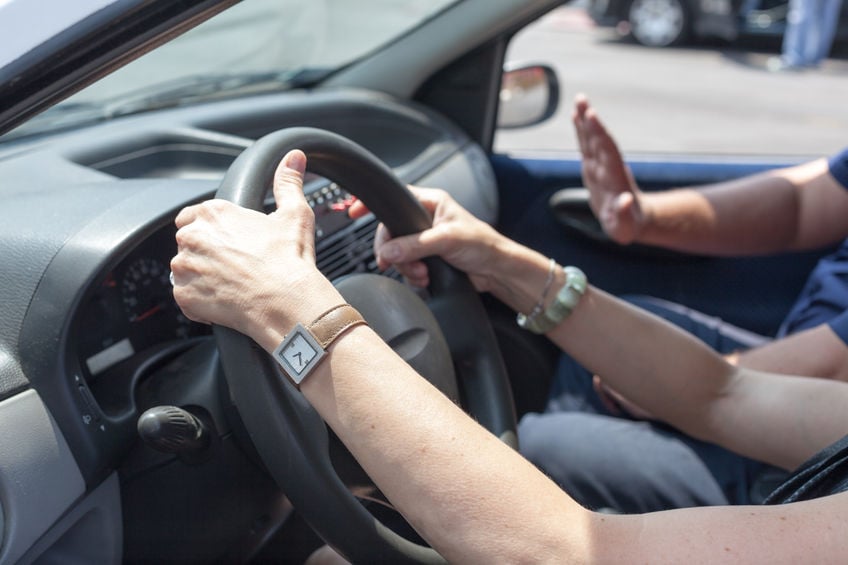
It is in your own best interest—for the safety of yourself and others—to understand the ‘rules of the road’ when it comes to driving with a vision impairment. Low vision definitions, testing requirements and standards vary around the globe, and it is important to be aware of the most up to date information from your country’s regulatory body/ bodies. Although standards vary, most countries require a vision test to get a license that measures visual acuity, with or without corrective eyeglasses; 20/50 or 20/40 are common requirements. Visual field, or the ability to see from the side, is another common requirement; typically 120 degrees is needed. The following links provide some guidance on standards in the US, Canada and the United Kingdom; other countries should have their standards readily available on the web for your review.
Although vision standards are set by country, the decision whether to resume driving after vision loss is a personal one that should be made with input from your eye doctor and your local driving licensing agency. In all cases, low vision drivers must exercise good judgement and a willingness to restrict themselves from driving in conditions that are unsafe for them (e.g., at night, or in situations of high glare or low visibility.) VisionAware—an organization established to help adults who are losing their sight continue to live a full and independent life— provides additional information on driving with low vision. Their website is worth a visit.
Your ophthalmologist or optometrist should also be able to help you decide what is best for you: they can test you to make sure you meet local vision standards for driving; they can provide you with information on the appeal’s process, as in most countries these exist if your drivers license has been revoked for vision-related reasons; and they might be able to provide you with information about compensatory aids or treatments.
And like Anke and Linda, if you cannot drive safely anymore or if the extent of your visual impairment has led to your driving license being revoked, you might also be a candidate for Fedorov Restoration Therapy. To find out if you qualify for treatment, be in touch. We’d love to help you get back in the driver’s seat!
Fedorov Restoration Therapy
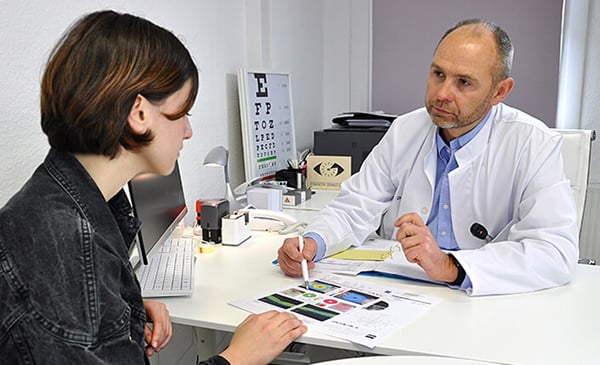
A reduced field of vision, which may result from many medical conditions that afflict the optic nerve, can be the cause of a person losing their drivers license. Fedorov Restoration Therapy—a treatment considered to improve the function of retinal cells and the entire optic nerve—has been clinically shown to improve vision by expanding a person’s visual field, reducing glare, providing better contrast and improving depth perception; all of which are needed to drive safely. Treatment involves the application of weak electrical current pulses to partially-damaged retinal cells, helping to improve the conductivity of signals to the brain and enhancing visual signals through the damaged optic nerve. The interdisciplinary approach of Fedorov Restoration Therapy bridges ophthalmology and neurology—eye and brain—and achieves spectacular results for visually impaired patients afflicted by optic nerve disorders. This innovative and completely non-invasive, non-surgical method improves and restores vision naturally with stable results and no risk of side effects. If you or a loved one are afflicted by visual impairment, especially from optic nerve damage, Fedorov Restoration Therapy might be the treatment you need to get back in the driver’s seat.
 Note. Information provided in this blog about driving under low vision medical conditions is for familiarization purposes only. It is not intended as a substitute for professional advice. Also, the information provided does not replace or abolish any official or legal terms locally established related to low vision definitions, testing requirements and standards to obtain or retain a drivers licence. Authors are not liable for possible undesirable or other events related to the information provided in the blog.
Note. Information provided in this blog about driving under low vision medical conditions is for familiarization purposes only. It is not intended as a substitute for professional advice. Also, the information provided does not replace or abolish any official or legal terms locally established related to low vision definitions, testing requirements and standards to obtain or retain a drivers licence. Authors are not liable for possible undesirable or other events related to the information provided in the blog.

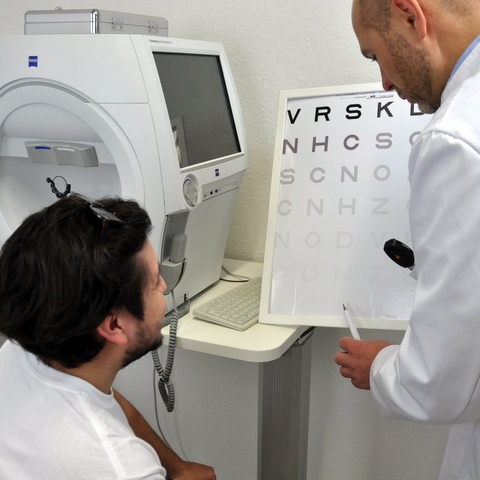

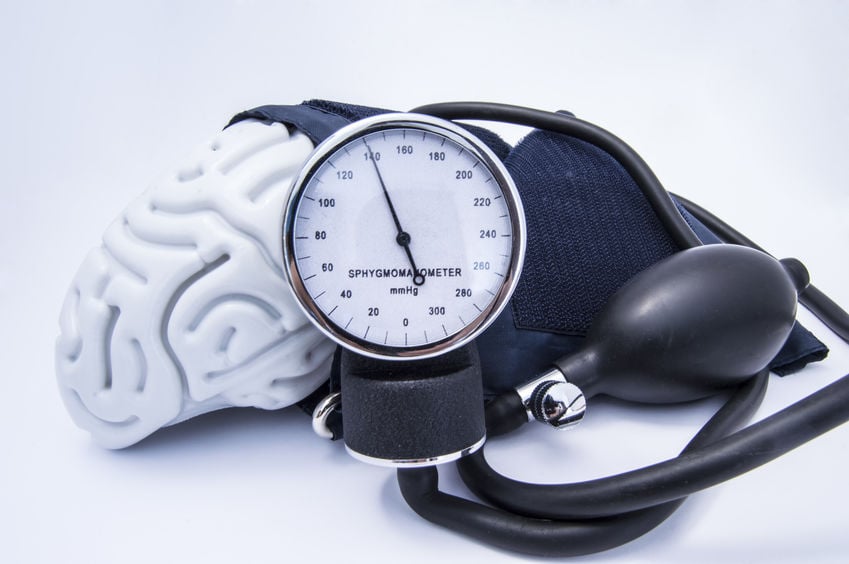
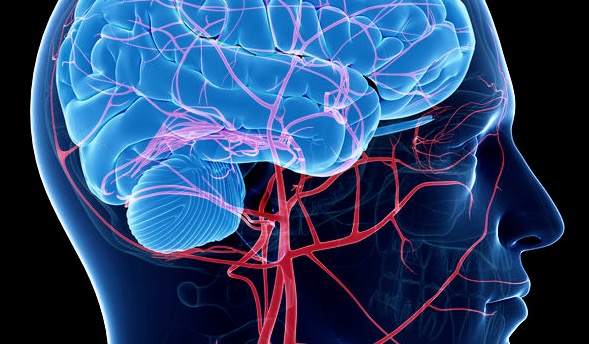
3 Comments
Click here to read/write comments